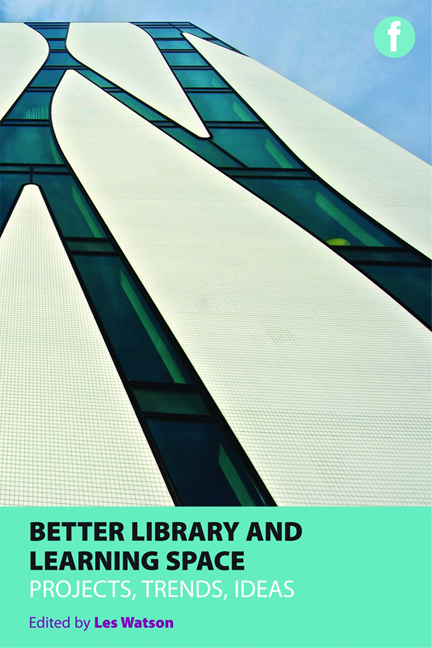Book contents
- Frontmatter
- Contents
- Case studies
- Acknowledgements
- Contributors
- Introduction – about this book
- PART 1 PROJECTS AND TRENDS
- Introduction
- 1 UK projects and trends
- 2 US projects and trends
- 3 China projects and trends
- 4 Hong Kong projects and trends
- 5 European projects and trends
- 6 Australasian projects and trends
- Summary to Part 1
- PART 2 TRENDS AND IDEAS
- PART 3 IDEAS AND FUTURES
- Index
Introduction
from PART 1 - PROJECTS AND TRENDS
Published online by Cambridge University Press: 08 June 2018
- Frontmatter
- Contents
- Case studies
- Acknowledgements
- Contributors
- Introduction – about this book
- PART 1 PROJECTS AND TRENDS
- Introduction
- 1 UK projects and trends
- 2 US projects and trends
- 3 China projects and trends
- 4 Hong Kong projects and trends
- 5 European projects and trends
- 6 Australasian projects and trends
- Summary to Part 1
- PART 2 TRENDS AND IDEAS
- PART 3 IDEAS AND FUTURES
- Index
Summary
In this part of the book a number of libraries from each of six regions of the world are described in short case studies by 11 authors. The purpose of these case studies is to give some insight into important aspects of the libraries and spaces as viewed by each author. This approach contrasts with providing a systematic description of each case study using a list of common factors, such as that found in the excellent online database of UK projects compiled by Jisc infoNet (2013). Some of the authors concentrate on interior space, others spend more time describing exterior architecture, and yet others take an approach that considers ‘soft’ attributes such as educational rationale or societal impact. The variety of approach adopted shows us that library space is not an isolated component of the library but is a result of both architecture and interior design and is integrated with service, function and purpose. It also reminds us that each library is a response to specific factors seen in the context of its setting. For most case studies we have used a keyword or phrase to attempt to convey an important characteristic of each library in order to focus attention on its ‘main’ purpose.
There is a brief summary of the clear trends in these case studies at the end of Part 1, which shows that new libraries and their learning spaces across the globe have some common directions although they have developed their own identities.
Reference
Jisc infoNet (2013) Learning Spaces Infokit, www.jiscinfonet.ac.uk/infokits/learningspaces/ (accessed 13 August 2013).
- Type
- Chapter
- Information
- Better Library and Learning SpaceProjects, trends and ideas, pp. 3 - 4Publisher: FacetPrint publication year: 2013

